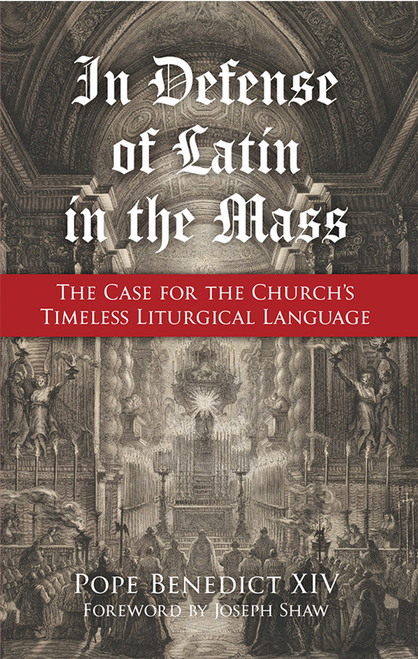Two Timely Issues: The New Mass and the Possibility of a Heretical Pope
By Arnaldo Xavier Da Silveira
Pope Paul VI’s action in September 1973 to prevent the publication of this book, as explained by José Antonio Ureta in the foreword to the present edition, prompted Bishop Antonio de Castro Mayer of Campos, Brazil to write to the Holy Father on January 25, 1974. Bishop Mayer in his letter referred to his previous October 15 communication with the Pope, in which he manifested his “filial compliance” with Paul VI’s request. In this second letter, he cited the Holy Father’s permission for him to “freely express to the Holy See” his opinions, if in conscience he did not agree with certain acts of Pope Paul’s Magisterium.
The promulgation of the new rite of the Mass, the novus ordo missae, intending to replace the traditional Latin rite, was one such act that deeply concerned Bishop Antonio de Castro Mayer. Therefore in his letter to the Pope he expressed his agreement with the contents of this book by Arnaldo Vidigal Xavier da Silveira. And he did so after appealing to the Holy Father for an understanding of his concerns. “I implore Your Holiness to have compassion toward the obedience of this Bishop, now seventy years old, who is currently experiencing the most dramatic episode of his life. And I ask Your Holiness to grant me at least a portion of that understanding and that benevolence that you have so often manifested not only around you, but also with people who are strangers, and even enemies of the one fold of the one Shepherd.” Six paragraphs above in his letter, he had manifested his intention regarding those opinions that he was expressing to the Pope: “It is not my intention to hand them over to the public, certain that my reserve will please Your Holiness.”
In the years immediately following these events, however, Paul VI did not respond favorably to the wishes of Bishop Mayer and those of all the faithful who wanted to preserve the traditional liturgy. In May of 1976, at a consistory of Cardinals, Paul VI criticized Archbishop Marcel Lefebvre for adhering to the traditional rite, and stated that he wanted every priest to celebrate the new rite. In 1984 his successor, Pope John Paul II, granted an indult, which was interpreted as an exception to the law, allowing the traditional Mass when permitted by the local bishop. But later a commission of Cardinals, set up by the same Pope to study the canonical status of the traditional rite, concluded in their majority that Paul VI had not in fact abolished the traditional rite, which in effect made an indult unnecessary because the rite had not been abrogated. Nevertheless, opposition to the traditional Mass continued, and in June of 1988 Archbishop Lefebvre, joined by Bishop Mayer, consecrated four bishops in order to assure that priests would continue to be ordained to celebrate the traditional rite.
For nineteen more years the controversy within the Church continued, until Benedict XVI officially declared in his motu proprio Summorum Pontificum of July 7, 2007 that the traditional rite was never abrogated. However, that declaration was challenged by the July 2021 motu proprio Traditionis Custodes of Pope Francis.
In view of this history of nearly five decades, manifested at first by Bishop Mayer’s reserve in not going public to express his deep concerns, has given way, in the face of a worldwide effort to suppress the traditional rite, to the need to explain to Catholics throughout the world the reasons behind the public resistance to its suppression. The traditional rite must be preserved – as many Catholics firmly believe – because the new rite does not fully express the sacrifice of propiation that is realized in the Holy Sacrifice of the Mass. Arnaldo Vidigal Xavier da Silveira demonstrates that there is no other possible explanation of the theology behind the new rite. For the explanations given, by those who were its most representative advocates, demonstrate a radically new understanding of the Mass, different from what the Church has always taught throughout the centuries.







